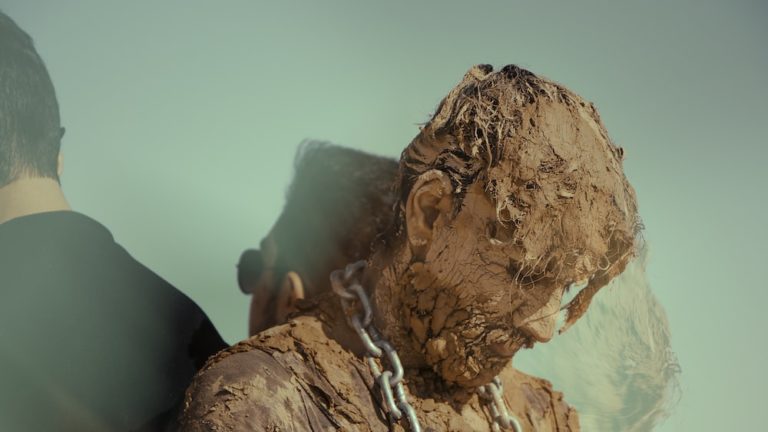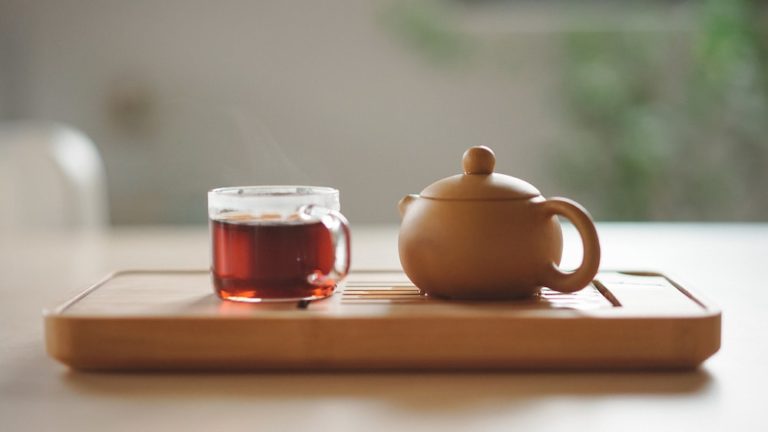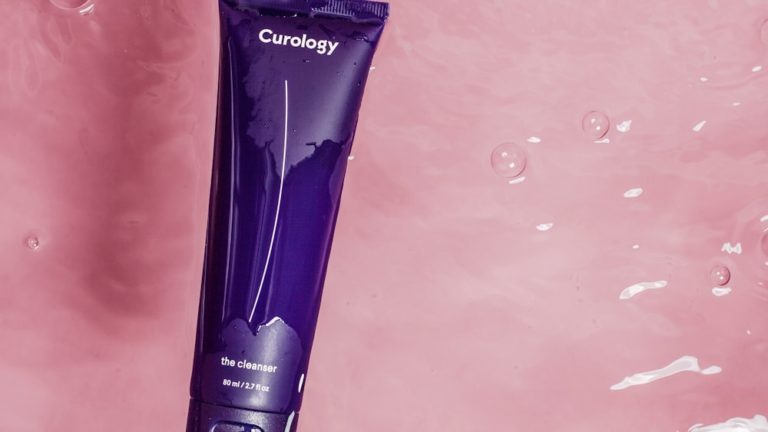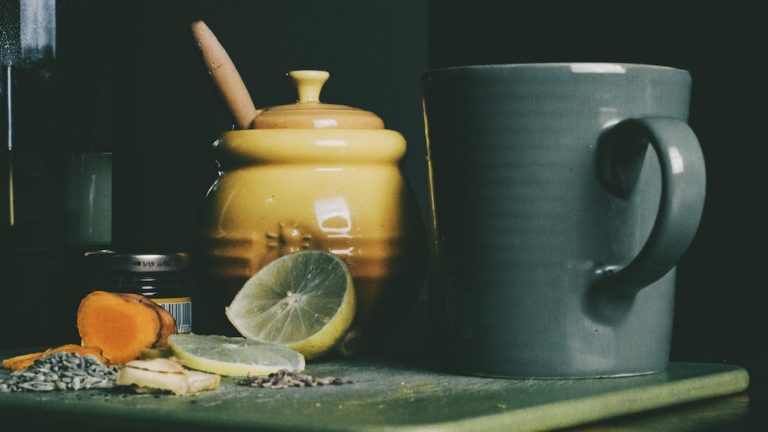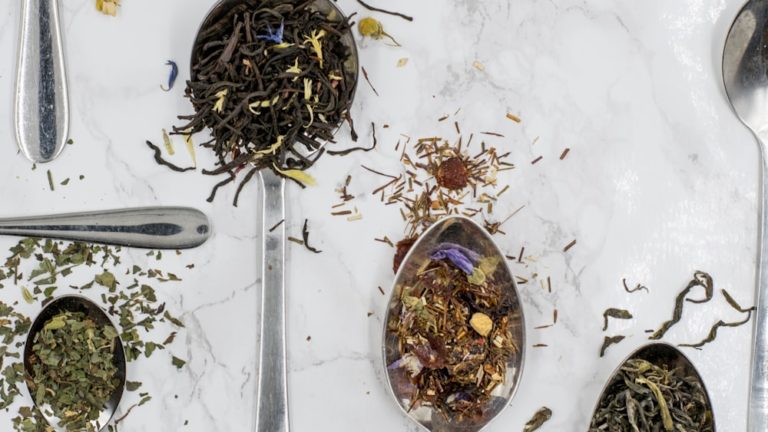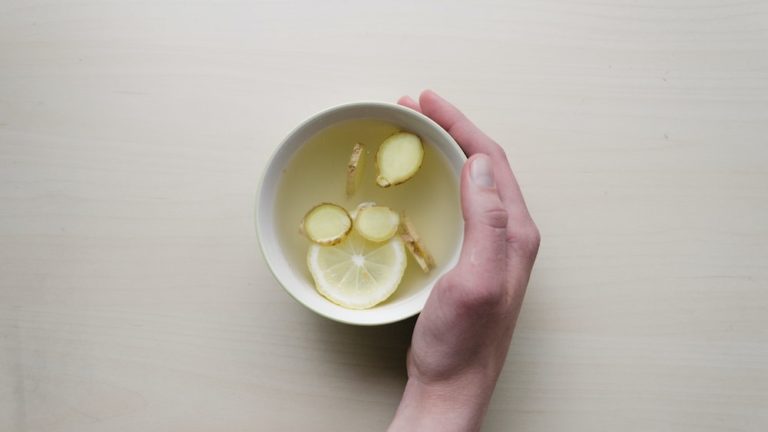Green Tea Caffeine Vs Coffee: Which Packs A Bigger Punch?
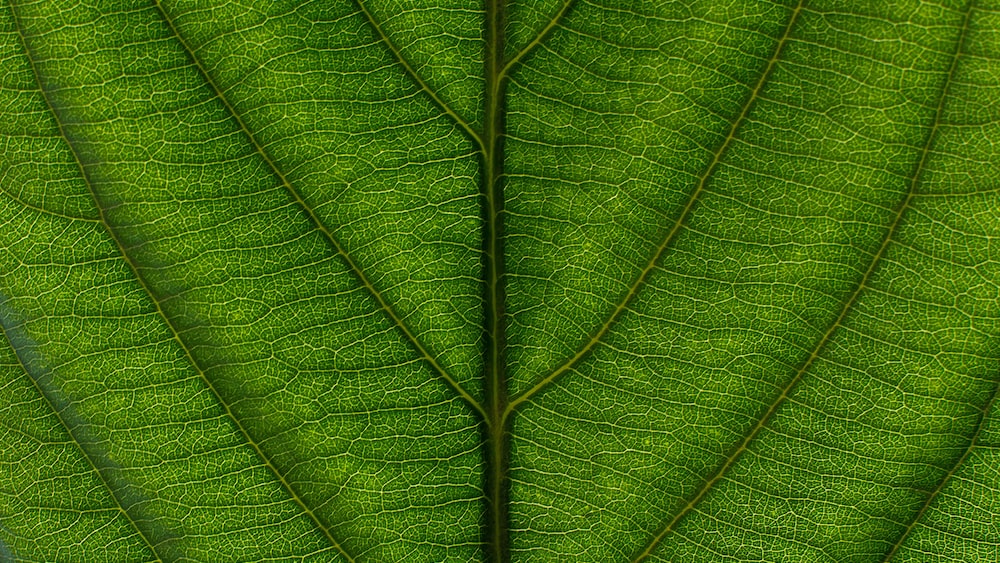
Green Tea Caffeine Vs Coffee: Which Packs A Bigger Punch?
Hello there, tea enthusiasts and health-conscious mavens! Ever wondered, while cradling that warm mug of morning bliss, ‘just who rules the caffeine kingdom – my trusty cup of tea or my neighbor’s strong smellin’ coffee?’ And right there, dear readers, we stumble upon a battle – more epic than you might imagine. Picture two caffeine giants duking it out in a colossal coliseum, tea leaves hissing at coffee beans, daring them to a showdown. A caffeine showdown!
Has the thought tickled your curiosity buds yet? If not, stop right here, sip your brew, and let’s rouse that sleepy inquisitive cat together. We’re diving into a war zone where the weapons are caffeine levels, health claims, and, yes, even flavor profiles.
Understanding Caffeine in Green Tea and Coffee
But first, let’s clear up this caffeine conundrum. We’ve all heard the term, some muster it as their raison d’etre on early Monday mornings, yet what truly is caffeine?
What is Caffeine?
Let’s roll up our sleeves and get scientific for a moment. Have you ever thought about the magic behind the zing you get from your morning brew? That potent energy juice that zooms you back into life each morning? Well, let’s unveil the mystery. Ready, Sherlock?
Here comes the spoiler – it’s the wonder element known as caffeine! Essentially a stimulant drug (but don’t freak out, it’s legal, and its use is ubiquitous in many societies), caffeine hopscotches its way right into your central nervous system, giving you that much-needed vigilance and focus boost.
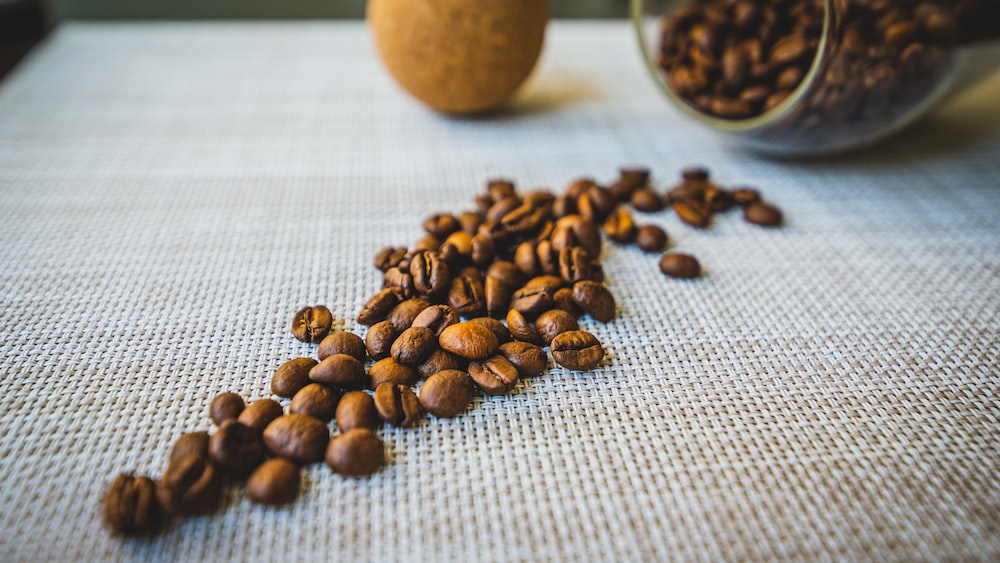
“But how does it do that?” I hear your inquisitive little minds echoing. It’s simple really. Caffeine plays a cunning game of disguise and mimics a neurotransmitter called adenosine. It latches onto the adenosine receptors in your brain, blocking them, and voila! You’re awake, alert, and ready to face another day on planet Earth!
Caffeine plays a cunning game of disguise by mimicking a neurotransmitter called adenosine, blocking its receptors in your brain and giving you a much-needed boost of energy and focus.
The Health Implications of Caffeine
Now for the meaty part. We’re wielding our health-conscious goggles to delve into the profound impacts of caffeine on our bodies. Brace yourselves; it’s going to be a heady ride!
Caffeine in Green Tea Vs Coffee
So, back to our main champs – green tea and coffee. As you’re delightfully quenching your thirst or jump-starting your day, here’s a key takeaway: the caffeine content in the two beverages is poles apart due to a variety of factors that we’ll unravel along the way.
Let’s break this down. One cup of green tea contains around 30-50 milligrams of caffeine. But don’t be quick to judge! What it lacks in caffeine, it makes up for with a unique antioxidant called epigallocatechin gallate (EGCG). Now try saying that three times fast!
On the other hand, coffee comes out swinging with a larger caffeine punch, boasting around 95-200 milligrams per cup. This might explain the somewhat riskier dance moves you attempt post your coffee intake!
The Benefits of Caffeine in Green Tea
If caffeine were a hat, green tea would wear it with subtle elegance. Teamed up with EGCG, green tea’s caffeine brings a medley of health benefits to the table.
It gently enhances your mental alertness without raising your heart rate or blood pressure. Plus, it boosts your metabolism, aids in weight loss, and does a little jig with EGCG to unite the forces against heart diseases and cancer! What’s not to love?
The Benefits of Caffeine in Coffee
Now, getting cozy with coffee, the wild child of the caffeine family. Not to be outdone by its green cousin, coffee kind is armed with its own repertoire of health benefits.
Coffee, a significant source of antioxidants, can shush inflammation and reduce the risk of several diseases. Attention all gym-goers, here’s a perk (pun intended). Coffee’s caffeine can enhance your physical performance by increasing adrenaline levels and pace up the breaking down of body fat.
But wait, there’s more! Coffee and its caffeine could potentially skin-dive into your brain and decrease the risk of neurological diseases such as Alzheimer’s and Parkinson’s.

Potential Downsides of Caffeine Consumption
However, dear java junkies and tea devotees, it’s not all sunshiny in the caffeine kingdom. Consuming large quantities of caffeine can lead to a list of not-so-fun effects.
Ever felt your heart doing the tango after realizing you’ve gulped down one-too-many cups of brew? Well, you’re not alone! Excessive caffeine intake can lead to anxiety, restlessness, and heart palpitations. What’s more, this stimulant drug can even lead to addiction and withdrawal symptoms. From simple headaches to irritability and fatigue, caffeine withdrawal is definitely no waltz in the park!
Now, don’t flutter those panic eyebrows yet! The key here, as with most things in life, is moderation. Let’s raise our morning cups to a well-balanced diet and informed decisions about our caffeine intake. Stay tuned for the ultimate caffeine showdown. Who shall reign supreme – green tea or the venerable coffee bean? Only time, and this blog, will tell!
Caffeine Content: A Detailed Comparison
Pitting green tea and coffee against each other in a caffeine standoff is like setting up a boxing bout between a featherweight and a heavyweight – it’s just not a fair fight! But before you write off your beloved cup of green tea as a caffeine lightweight, let’s delve into the details and explore why this comparison is more of an apples to oranges scenario, or say, matcha to mocha!
Factors Influencing Caffeine Content in Green Tea
Under the microscopic lens of science, green tea is a bit of a mystery, isn’t it? You’ve probably read that a typical green tea serving has less caffeine than coffee, which is true as a general rule. But it’s not that straight forward. The caffeine content in green tea can vary, and a major factor influencing it is how it’s grown.
Shade-grown teas, like Gyokuro or Matcha, have a higher caffeine content. When tea leaves are deprived of sunlight, they produce more caffeine as a natural insect repellent. Please don’t fret about bugs in your brew though! Another major factor is the age of the leaves.
Young tea leaves used to make high-quality green teas have more caffeine. It’s like the excitement of being a new leaf just caffeinated them right up! On the other hand, older leaves are more laid back in their caffeine content. A helpful tip for those of you taking notes in your inbox, the higher the tea quality, the more caffeine it likely has due to its younger leaves.
The caffeine content in green tea can vary depending on factors such as how it’s grown and the age of the leaves.
Factors Influencing Caffeine Content in Coffee
Now, let’s step into the world of coffee. We may need night vision goggles here – it’s darker and more intense! The caffeine concentration in coffee is primarily influenced by the type of coffee bean.
Robusta beans are like the superheroes of the coffee world – they wear a dark cloak and pack a mighty caffeine punch! On the contrary, Arabica beans are more like the mild-mannered alter ego, with almost half the caffeine content as Robusta.
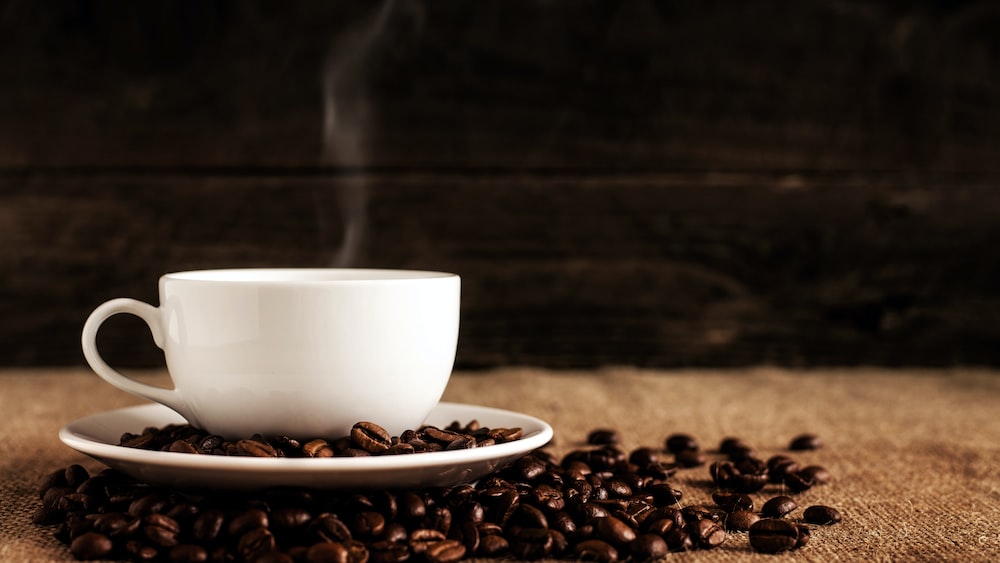
Another factor to take note of is the roast. Unlike our intuition might suggest, lighter roasts typically have more caffeine than their darker counterparts. I know; it’s like finding out Batman can’t actually fly. But these are just the headlines; per the Mayo Clinic, other factors like brewing methods and serving sizes can also greatly influence coffee’s caffeine content.
The Impact of Brewing Methods on Caffeine Content
Brewing is where you orchestrate the symphony of flavors and caffeine content of your drinks. It’s like the encore of a magical tea or coffee concert. Let’s spare the melodrama though, and take a scientific peek into how different brewing methods can affect the caffeine content in your green tea or coffee.
Brewing Green Tea: Methods and Their Effects on Caffeine
Imagine you’re at the helm of a spaceship. The brewing process is similar – there’s so much you can control, and each decision influences the journey’s outcome – in our case, the caffeine in your cup of green tea.
One of the key factors is water temperature. The hotter the water, the more caffeine is extracted. So, depending on how you like your tea – chilling like a cucumber or hot like a Habanero – you can control the caffeine release.
Steeping time also plays a vital role. The longer you steep, the more caffeine is infused into the water. But beware, over-steeping can result in a bitter tea. Remember, green tea is a sensitive soul; brew it gently. Lastly, the amount of tea used can also influence caffeine content. More tea equals more caffeine; it’s simple math.
Brewing Coffee: Methods and Their Effects on Caffeine
Unlike the sensitive soul of green tea, brewing coffee is more of a heavy metal concert – the hotter, the louder, the better! The water temperature affects the caffeine extraction in coffee too, with hotter water usually results in a stronger brew.
Furthermore, the brewing methods can dramatically affect caffeine content. For instance, espresso might seem like a caffeine bomb because of the potent flavor. However, due to its short brewing time (ensue gasp), an eight-ounce mug of drip-brewed coffee has more caffeine than a shot of espresso.
Decaffeinated Green Tea Vs Decaffeinated Coffee
Let’s take our conversation down a notch – say hello to decaffeinated brews. If you desire the glorious taste of coffee or green tea without reenacting the “Night at The Roxbury,” these decaffeinated alternatives can be a perfect choice.
The Process of Decaffeination
Decaffeination is not a magical spell where you say “Abracadabra” and poof, the caffeine disappears! It’s actually a methodical process where coffee beans or tea leaves are soaked in organic solvents to remove caffeine. Or as we put it, the beans or leaves go to caffeine rehab.
Don’t worry; you won’t end up drinking solvent soup. The next step in the process involves steaming the beans or leaves to remove any lingering solvent residue. Mayo Clinic suggests that it’s a safe process, but it can slightly alter the taste.
Lastly, and disappointingly, decaffeination doesn’t remove all caffeine. Decaffeinated brews still contain around 3% to 5% of the original caffeine content. So, even in the decaf world, coffee packs a bigger caffeine punch than green tea!
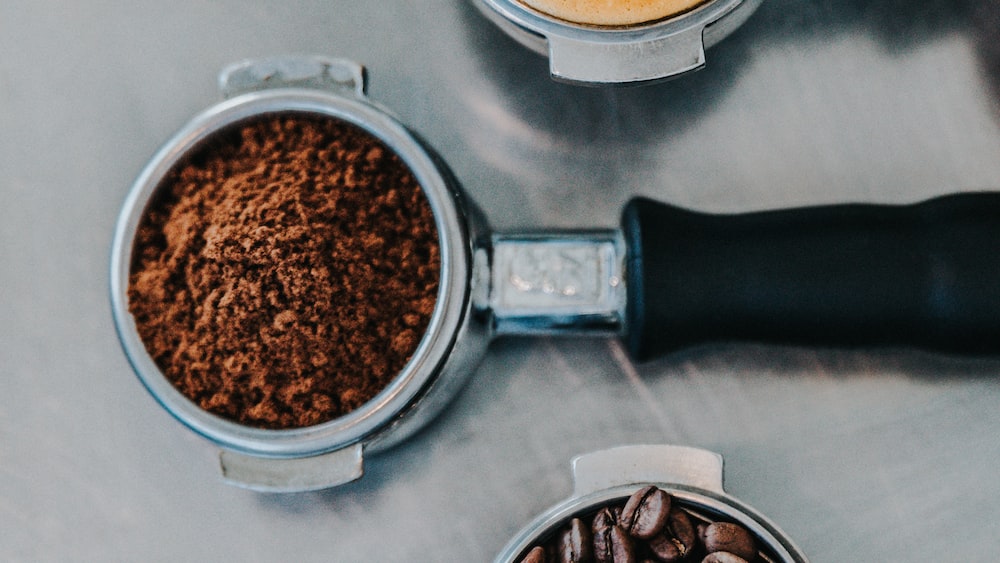
Decaffeination is a methodical process involving soaking coffee beans or tea leaves in organic solvents, steaming them, and although it doesn’t remove all caffeine, decaf coffee still contains 3% to 5% of the original caffeine content.
Comparing the Caffeine Content
When confronting the grand caffeine gladiators in the ring, green tea and coffee, the stakes are high, and the tension could make a Koala turn to Chai. But, trust me, my dear tea pals, we aren’t playing with small porcelain cups here.
Research advancements have given us the ability to dissect these brews like a molecular biologist going through your last cheese sandwich. The typical caffeine content in coffee is generally higher, falling into the range of 95 to 200 mg per 8-ounce serving, while green tea gracefully pirouettes around the 20 to 45 mg mark for the same volume.
FAQs
Here are the answers to some foxy questions you may be brewing about caffeine, green tea, and coffee.
1. How much caffeine is in a cup of green tea compared to coffee?
Caffeine in a cup of green tea quivers around the 20 to 45 mg mark, while coffee, twitching its noses and flexing its muscles, packs a significantly larger caffeine dose, usually within the range of 95 to 200 mg for an identical volume.
2. Is the caffeine in green tea healthier than that in coffee?
“Caffeine in green tea healthier than in coffee?” you might ironically muse. Scientifically speaking, giving the gold medal to one isn’t as easy as pie. It really boils down to the individual’s central nervous system sensitivity to caffeine, their overall nutrition, and lifestyle.
3. What are the effects of caffeine withdrawal from green tea and coffee?
While caffeine withdrawal could resemble scenes straight out of your favorite zombie movies, don’t worry, it’s not the apocalypse. Cutting your caffeine dose, whether from green tea or coffee, could lead to effects like headaches, fatigue, and mood swings. But with time, your body will thank you.
4. Can I switch from coffee to green tea for a healthier caffeine source?
If you’re contemplating switching from coffee to green tea as your caffeine guru, the answer is: absolutely! Green tea, in addition to a lesser caffeine dosage, offers an array of beneficial phytonutrients known for their antioxidant properties, enhancing its health profile.
Conclusion
Navigating the vast jungles of hot beverages, each teeming with its own platter of ingredients, offers an exciting, often bewildering experience. Comparisons between green tea and coffee often pinpoint caffeine as a pivotal constituent to spar, but as our expertise on the topic grows, we find the comparison deeper than the popular ‘tea vs coffee’ anecdote.
Given the variation of caffeine content in both beverages, and the many factors at play, it all comes down to personal choice and tolerance, punctuated by the occasional whimsicality. But whatever your caffeinated vice may be, remember, it’s about more than the drinks – it’s about the culture, the ritual, and the moment of relaxation each sip brings.
So, my dear tea enthusiasts and health-conscious comrades, continue brewing love with your cups and mugs, one sip at a time. Your loyal tea informant, Zoe, waving you a warm farewell, until our next teapot rendezvous.

